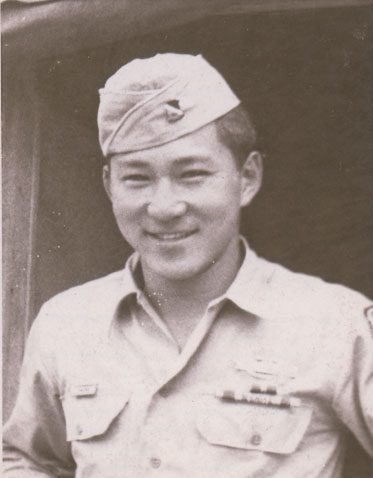

Sgt. Enoch Kanaya
Kanaya was a high school student in Portland, Ore. when World War II broke out….
Effective Wednesday, October 1, 2025, the Museum Campus and building are temporarily closed, and virtual and in-person activities are canceled during the federal government closure. Please check back for updates.

The Museum is home to an unprecedented collection of Japanese American artifacts that capture the rarely-told story of the Japanese American Nisei Soldier during World War II. This temporary exhibit highlights their struggles both at home and abroad, their courageous acts on the battlefield, and their long-awaited recognition culminating in the Congressional Gold Medal. It will remain on display until late 2025.
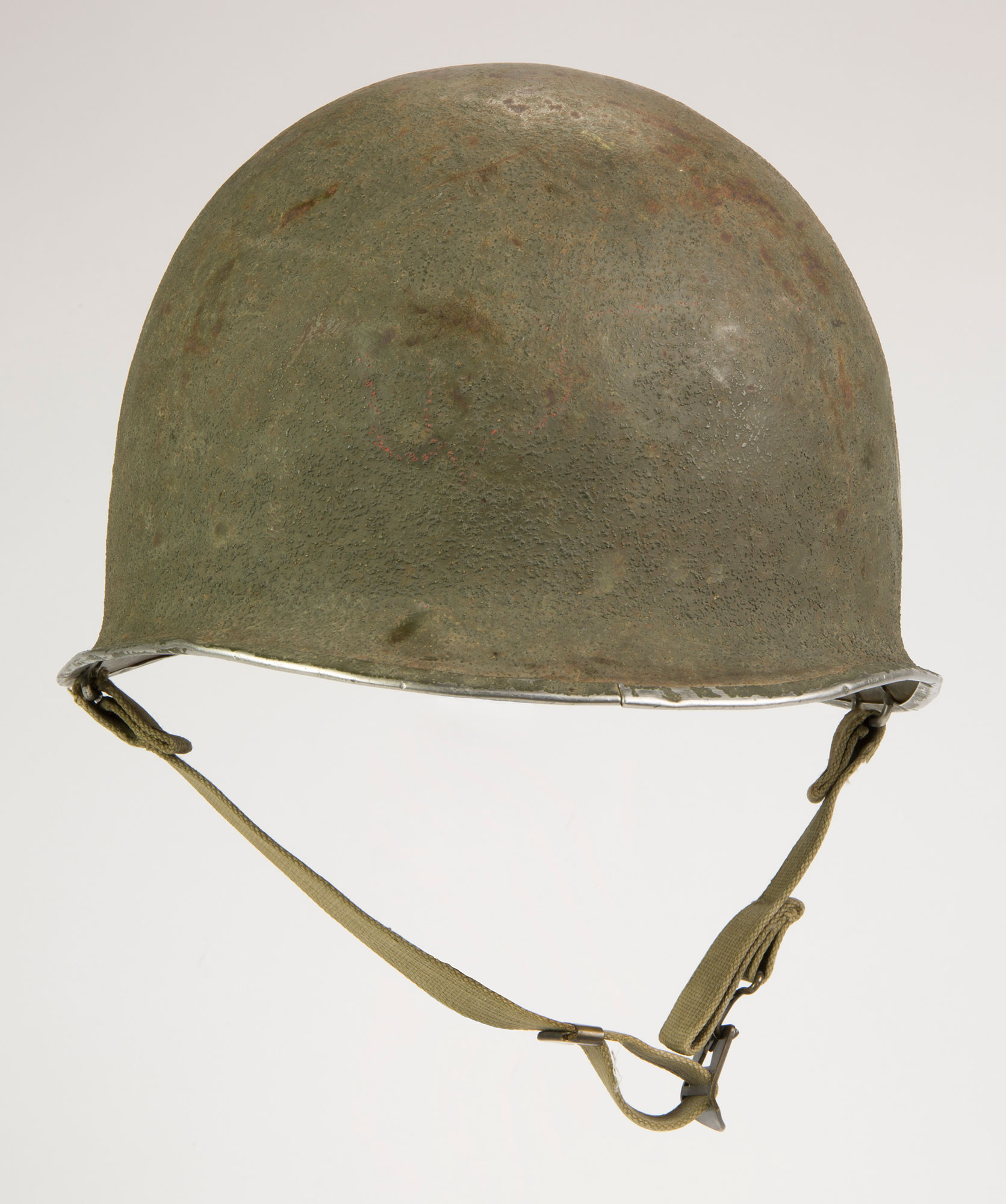
M1 Steel Helmet -This M1 Steel Helmet was worn by Pvt. George Sakato during his service with the 442nd Regimental Combat Team in Italy and France. In the fighting at Hill 617 near Biffontaine, France, Pvt. Sakato lead an assault killing 12 enemy soldiers, wounding two, and personally capturing four prisoners. In June 2000, President Bill Clinton approved the upgrade of Sakato’s Distinguished Service Cross to the Medal of Honor.
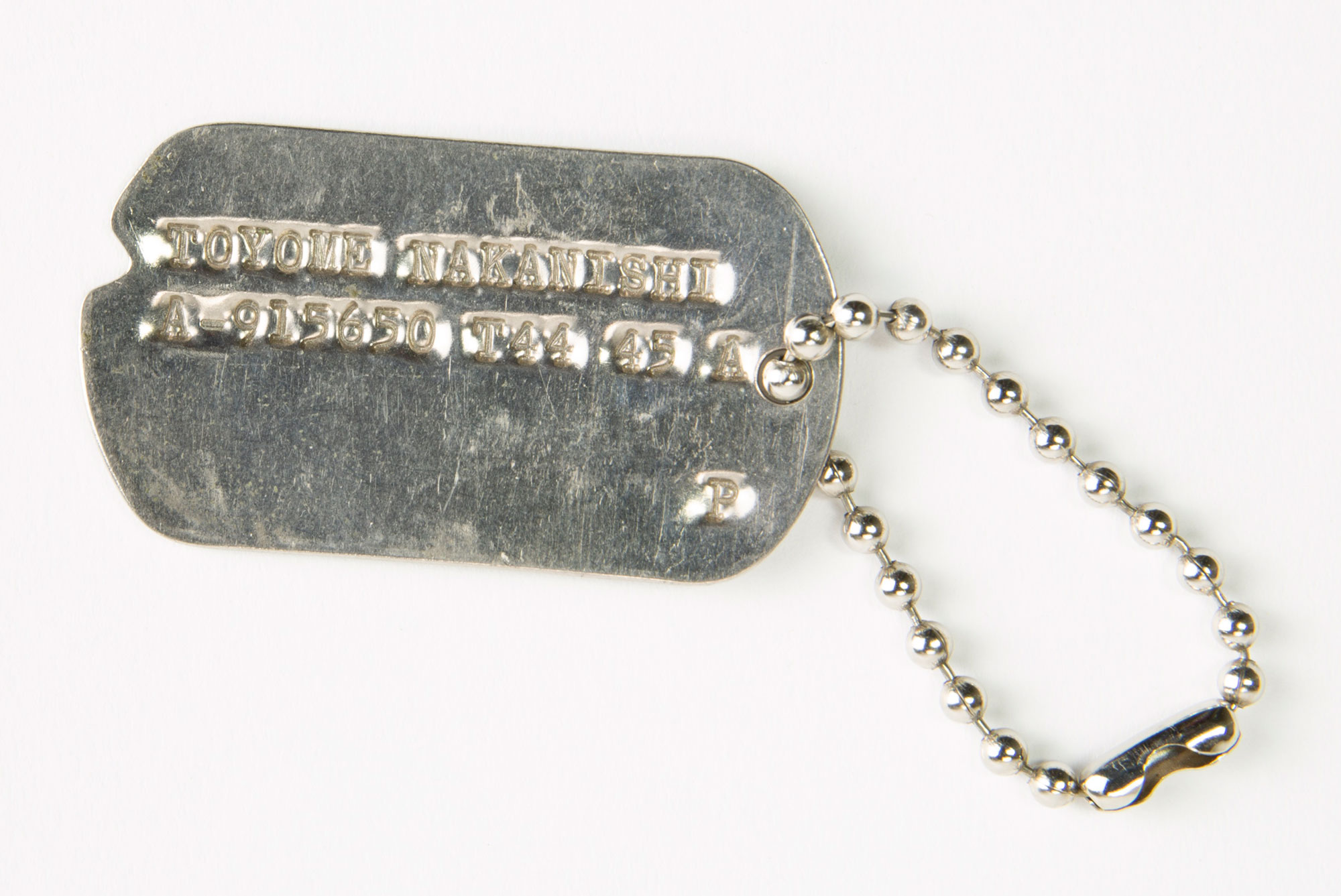

ID Disk (Dog Tag) -When the U.S. government lifted the restrictions on Nisei women joining the Women’s Army Corps, Terry Toyome Nakanishi signed up on March 6, 1944. After a few months, she was reassigned to the Military Intelligence Service Language School (MISLS) at Fort Snelling, Minnesota. On January 27, 1946, Nakanishi was sent to serve in the Occupation of Japan and was assigned to G-2 Intelligence Headquarters. She provided administrative and translation support for trials of war criminals.
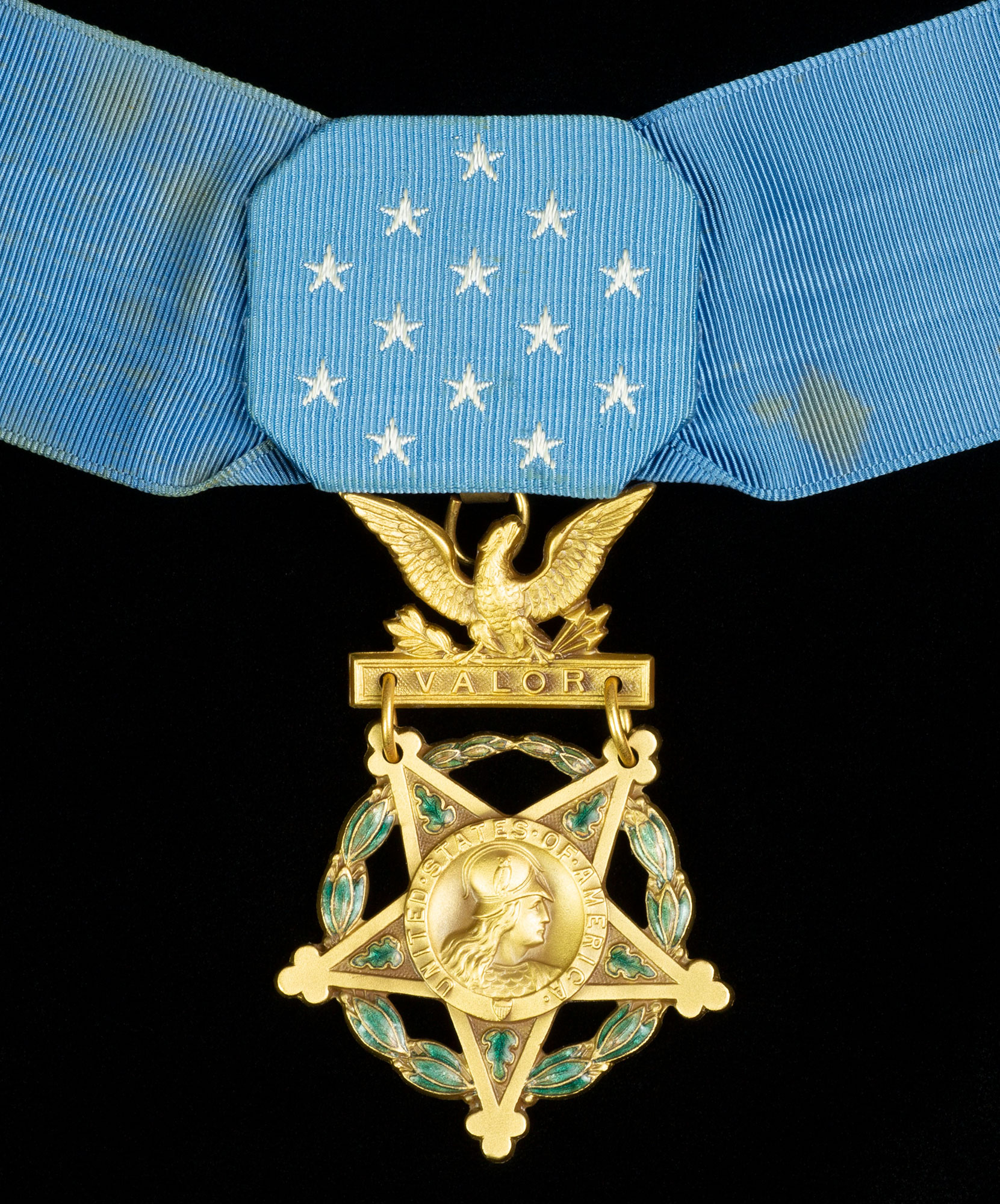

Medal of Honor -Pfc. Kaoru Moto was assigned to the all-Nisei 100th Infantry Battalion and on July 7, 1944, near Castellina Marittima, Italy, single-handedly silenced two enemy machine gun positions while acting as a scout, and then destroyed a third despite being seriously wounded. For his actions, he was awarded the Distinguished Service Cross, which was upgraded to the Medal of Honor in 2000.
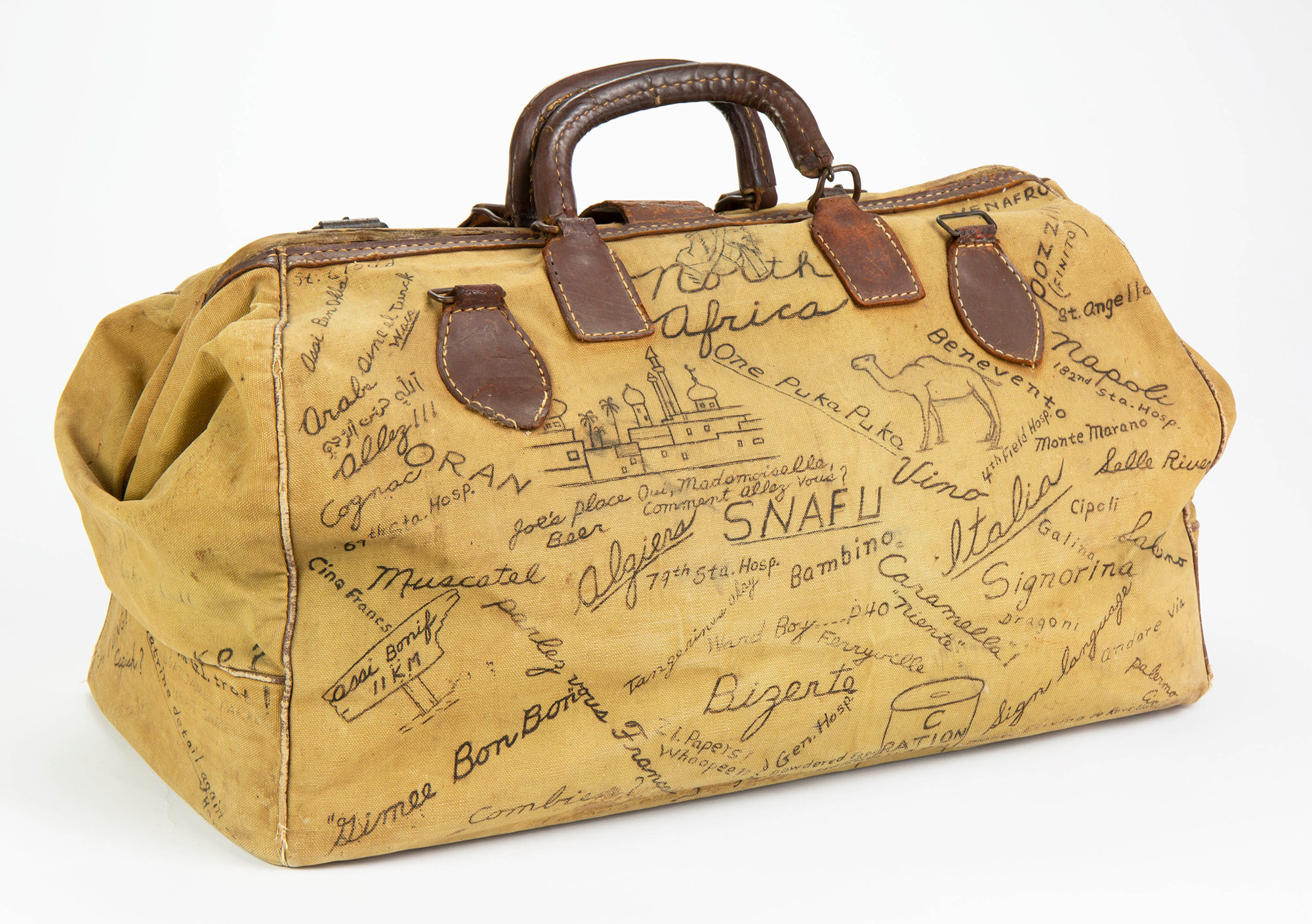

Personalized Travel Bag -Sgt. Gary Kazuo Uchida was born in Waimea, Kauai, Hawaii, and was inducted into the U.S. Army at Schofield Barracks on June 30, 1941, just six months before the attack on Pearl Harbor. Uchida was injured on November 5, 1943 at Hill 600 near Pozzilli, Italy, just prior to the Battle of Monte Cassino. He kept an illustrated record of his experiences on this travel bag.
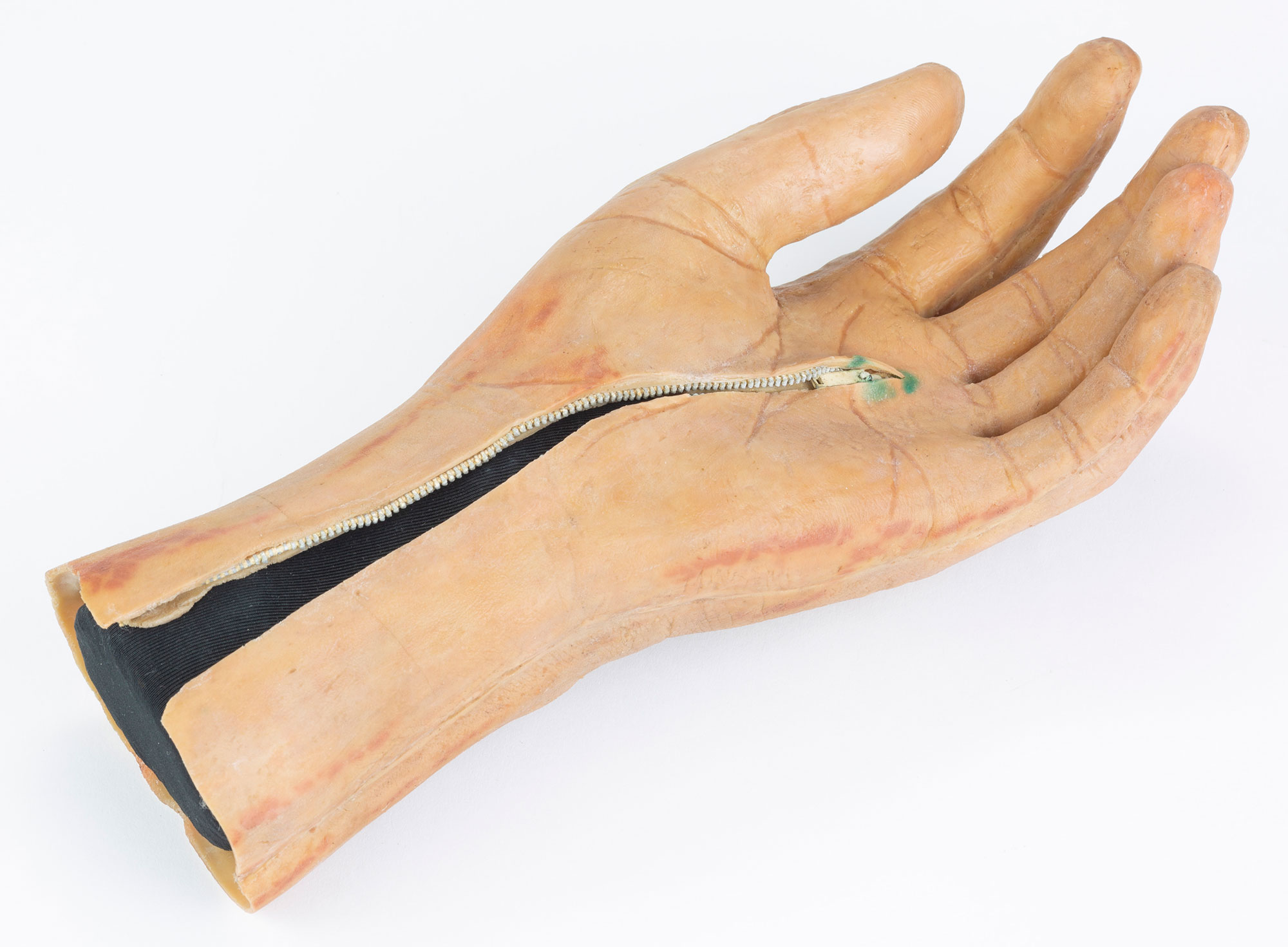

Prosthetic Hand Cover and Harness -Sgt. Shigeru Inouye served in Italy with Company D, 100th Infantry Battalion, and was wounded severely in action during the Monte Cassino campaign. On February 9, 1944, Inouye left a sheltered position to aid a hurt officer. He was wounded by German sniper fire in the left arm and left eye. As a result of his injuries, Inouye lost vision in his left eye and most of the use of his left arm and hand.
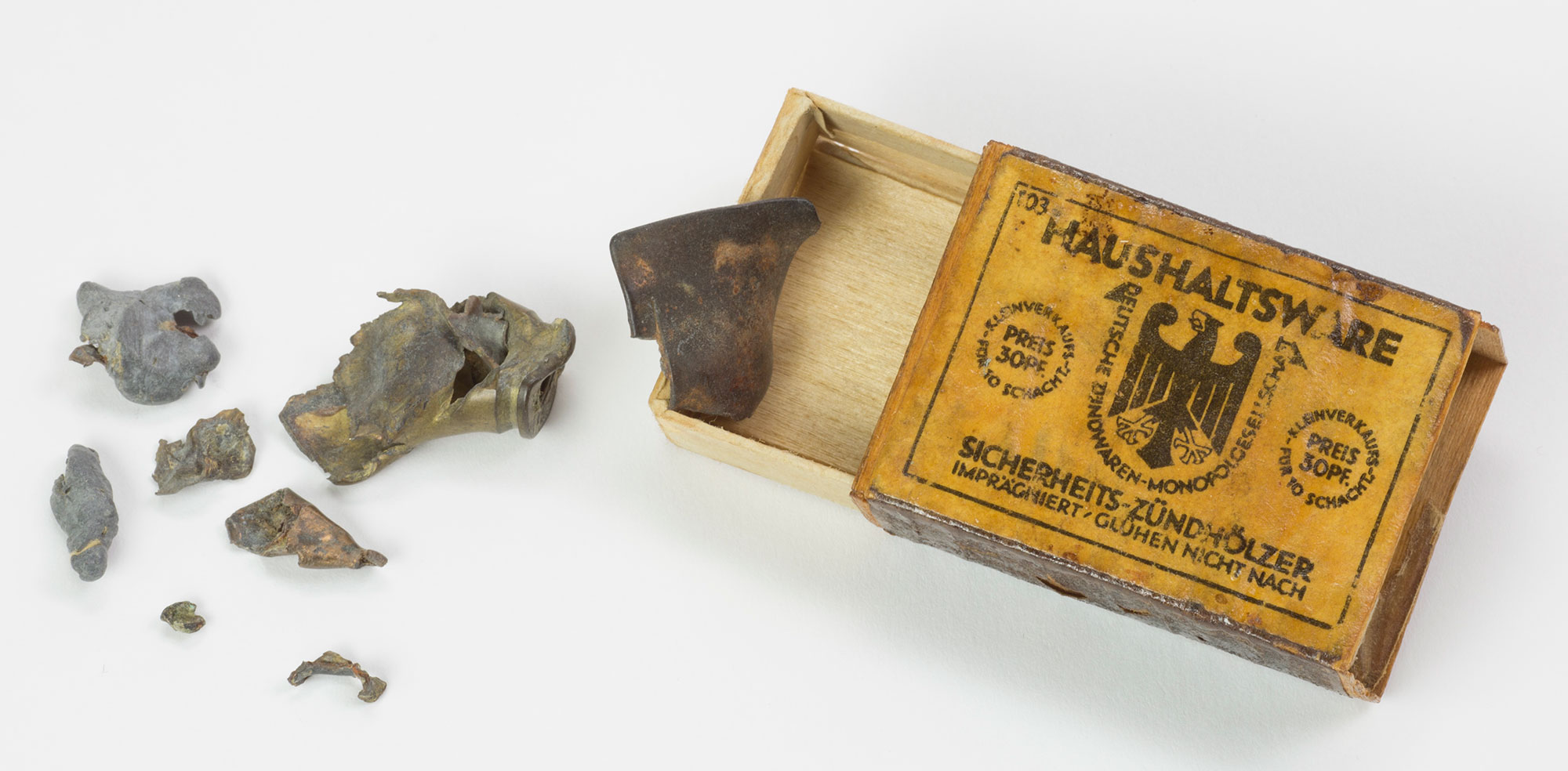

Cartridge Fragments and German Matchbox -These fragments of American .30-06 Springfield cartridges were removed from a wound suffered by 2nd Lt. Takeichi Miyashiro. During intense fighting around the town of Biffontaine, France, Miyashiro was struck by a projectile that exploded an 8-round clip in his ammunition belt. While being evacuated, Miyashiro and others were captured by a German patrol. Lt. Miyashiro was transferred through several hospitals before he finally received proper surgical attention from a British prisoner of war who had been captured in North Africa.
“We were fighting two wars, one for American democracy, and one against the prejudice toward us in America.”
Capt. Sakae Takahashi

Kanaya was a high school student in Portland, Ore. when World War II broke out….
Kanaya was a high school student in Portland, Ore. when World War II broke out. He and his parents were forcibly removed from their home and incarcerated. When his draft notice arrived at Minidoka Incarceration Camp in 1944, Kanaya joined the 442nd Regimental Combat Team. Assigned to the European Theater of Operations, Kanaya and his unit held the Allied position against Gothic Line—a German defensive line in the Italian Campaign of World War II—ultimately pushing back the enemy.
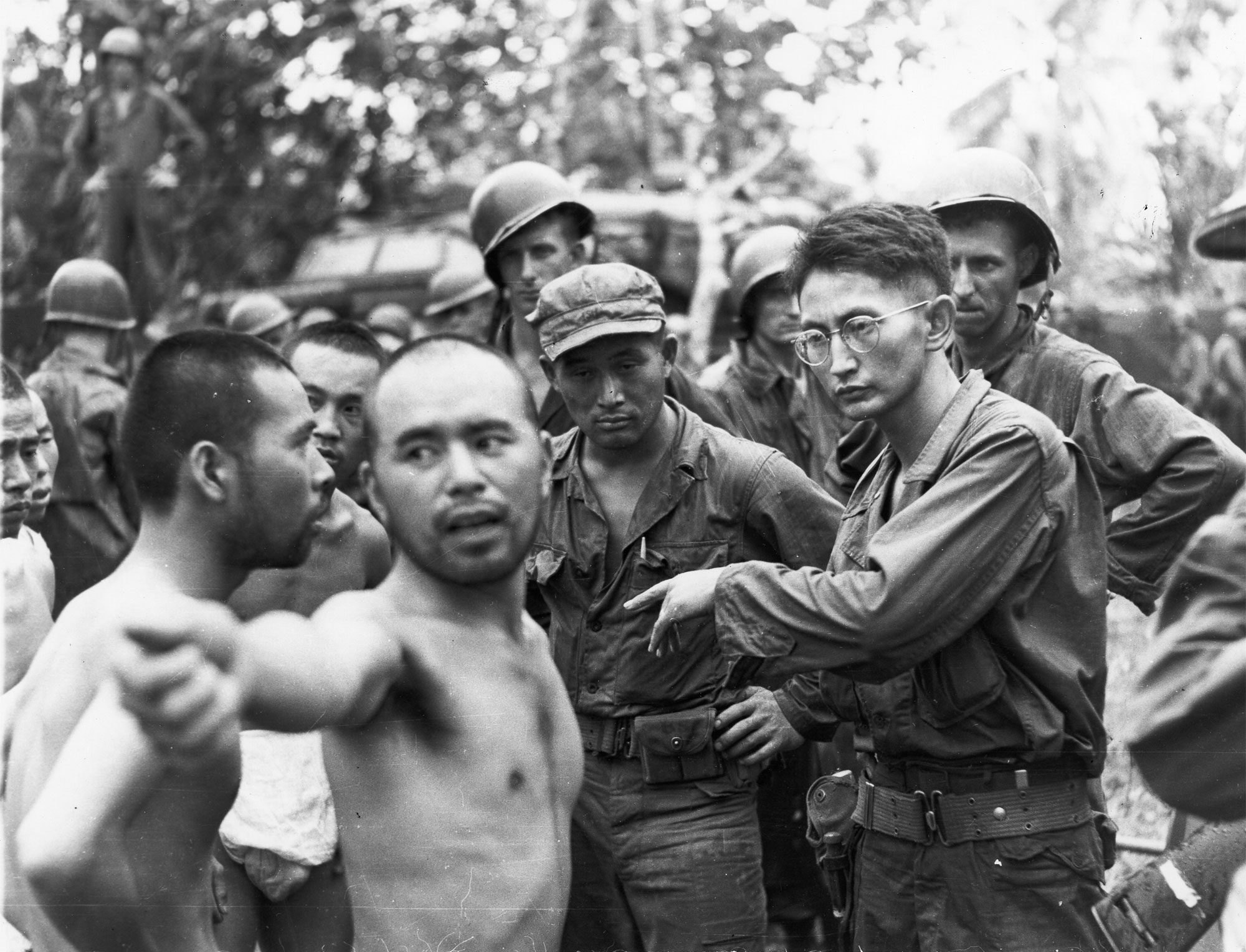

Seattle-born Harry Fukuhara spent some of his childhood years in his mother’s hometown of Hiroshima,…
Seattle-born Harry Fukuhara spent some of his childhood years in his mother’s hometown of Hiroshima, Japan, but had returned to the United States by the time Pearl Harbor was attacked. Forcibly removed to the Tulare Assembly Center and Gila River Incarceration Camp, Harry resented being treated like the enemy, but he also believed he needed to commit to being an American. Harry passed a English language exam with no effort and went to Camp Savage for Japanese language training. In the fall of 1943, he was shipped out to serve as a translator and interpreter in the Pacific Theater.
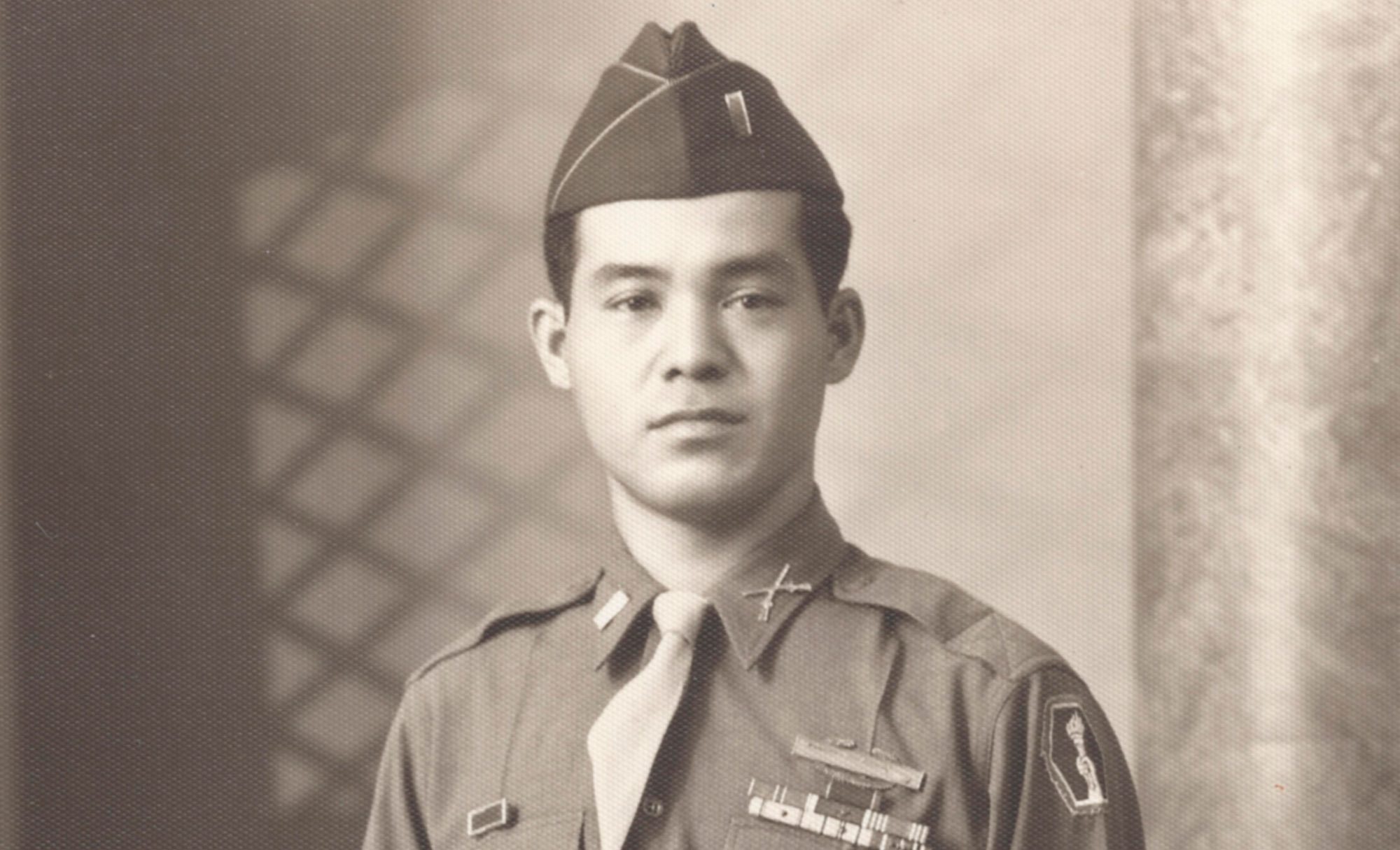

Still in basic training when Pearl Harbor was attacked, Kobashigawa rushed to report to his…
Still in basic training when Pearl Harbor was attacked, Kobashigawa rushed to report to his boot camp only to have his rifle taken away. Soon he was among the young men of Japanese ancestry called to active duty as part of the 100th Infantry Battalion. From basic training at Camp Shelby, Miss., the then tech sergeant shipped out to Europe, where he immediately saw fierce action in Italy. On June 2, 1944, near Lanuvio, Italy, he led a charge on machine gun nests with “flawless precision.” Kobashigawa was awarded a battlefield commission and a Distinguished Service Cross, later upgraded to the Medal of Honor in 2000, for this action.
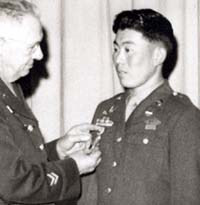

When the 442nd Regimental Combat Team was formed, Tazoi, already a member of the Utah…
When the 442nd Regimental Combat Team was formed, Tazoi, already a member of the Utah National Guard, received orders to join them. During the rescue of a battalion lost in the Vosges Mountains, Tazoi alerted his fellow Soldiers to a machine gunner, and then charged the position. Even after being shot in the shoulder by a sniper, he continued to attack German positions, and was stopped only when he was hit by a concussion grenade. For these brave actions, Tazoi was awarded the Distinguished Service Cross in May 1945.
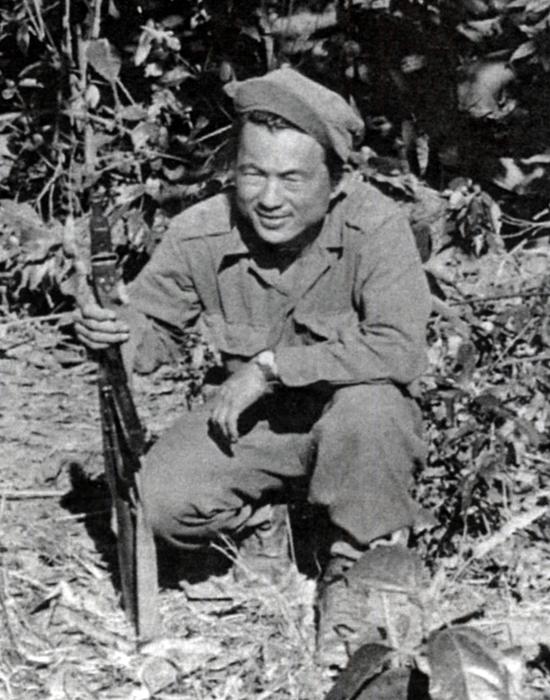

Following the attack on Pearl Harbor, Ralph Yempuku served with the Hawaii Territorial Guard and…
Following the attack on Pearl Harbor, Ralph Yempuku served with the Hawaii Territorial Guard and the Varsity Victory Volunteers before joining the 442nd Regimental Combat Team. During his training, the Office of Strategic Services, the CIA’s precursor, recruited him. Yempuku was one of only a few Americans to parachute behind enemy lines into Burma with OSS Detachment 101. He worked with guerrillas to ambush and harass the Japanese. The Japanese even offered a $20,000 bounty for his head.